The State of Telehealth in 2020
- 8 January 2020
- Blog
eClinicalWorks
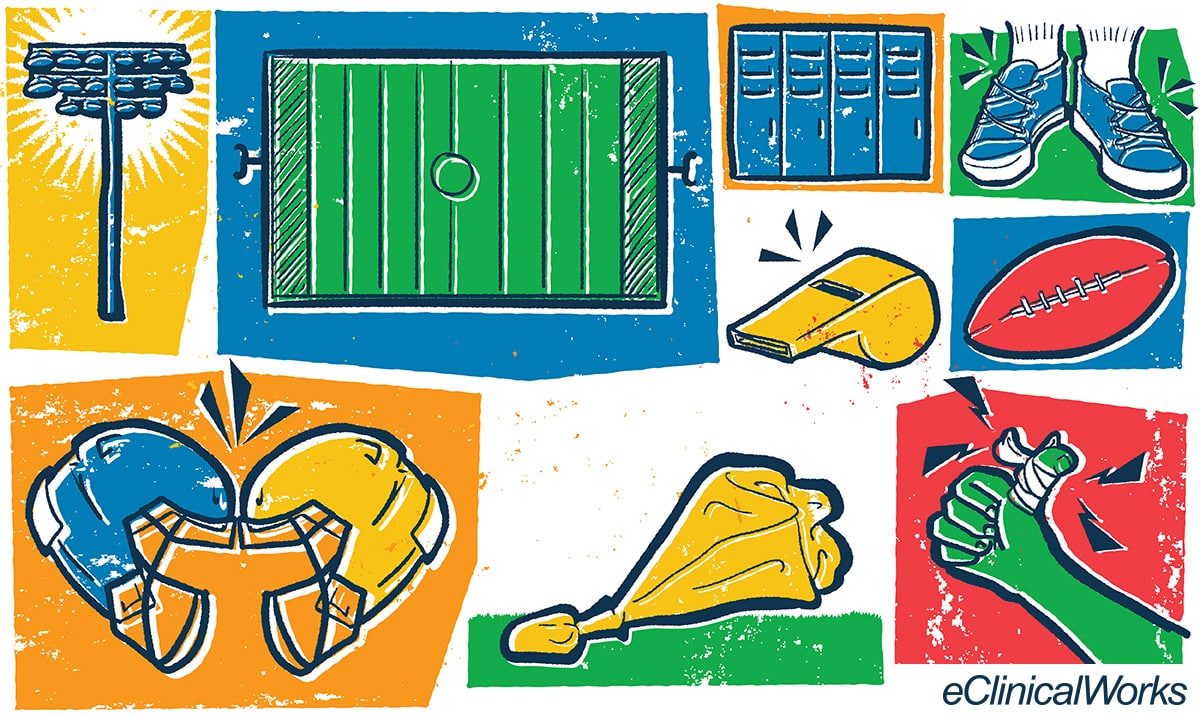
It’s the last game of the season. The floodlights turn on – illuminating the crisp autumn sky and revealing the compact emerald turf. As you sit on the locker room bench, you hear the other high school students stamping their feet on the metal bleachers in anticipation. You stand up and rush through the tunnel, the nervous euphoria that was in your stomach now an all-encompassing focus on the game.
The whistle blows, you get the ball, your opponent comes directly for you. You shimmy to the left. They saw it coming. BAM! You’re on the ground. Waves of pain circulate from your thumb. Your coach tells you to wrap it. Later, when you take the bandage off, your thumb is more swollen than it had been before. The minute you see the doctor in the emergency room, they look at it and ask why you wrapped up your hand for a broken bone.
The doctor was able to determine how to treat the injury in seconds by simply looking at the hand. If the coach had access to a telehealth solution, a doctor could have determined what to do quickly and accurately. Utilizing telehealth for sports is just one application for this increasingly useful technology.
What is telehealth?
No matter where you are, telehealth gives you a way to provide patients with medical care anytime and anywhere. Telehealth solutions like healow TeleVisits™ help practices like The Clark Clinic deliver quality care to patients who may have difficulty making it into the doctor’s office.
Telehealth that’s right for you
Sometimes it also may be challenging for a provider to make it to the doctor’s office. Thanks to telemedicine, Alynna Manriquez, a Nurse Practitioner at Project Vida in El Paso, Texas, is able to provide mental health counseling to patients from home, making it easy to help her patients while attending to her growing family.
Dentists are also embracing telehealth technology. Teledentistry uses electronic information, interactive audio, and video to provide and support dental care, consultation, diagnosis, and the transfer of dental information and education. This technology is also used to purchase contacts, conduct banking, and prepare taxes online.
New for this year
With the start of the new year, the Centers for Medicare & Medicaid Services (CMS) have furthered their efforts to support the use of Medicare telehealth and virtual health. In the final 2020 rule, the agency has added three new HCPCS G-codes for the treatment of opioid use disorder. Each of these codes include development of a treatment plan, care coordination, individual therapy, group therapy, and counseling. Each of the codes differ from each other based on time per month.
Related Post

- 9 January 2025
- Blog
Unveiling Trends Set to Transform Healthcare in 2025

- 15 February 2024
- Blog
AI Medical Scribes in Remote Healthcare Services

- 7 November 2023
- Blog
Embracing Technology for Startup Weight Loss and Medical Spa Clinics

- 27 September 2022
- Blog
Back to School — for Your Practice, Too!

- 21 June 2022
- Blog
Dermatology Made Easier This Summer

- 25 March 2022
- Blog
HIMSS22 Outlines Opportunities in Healthcare
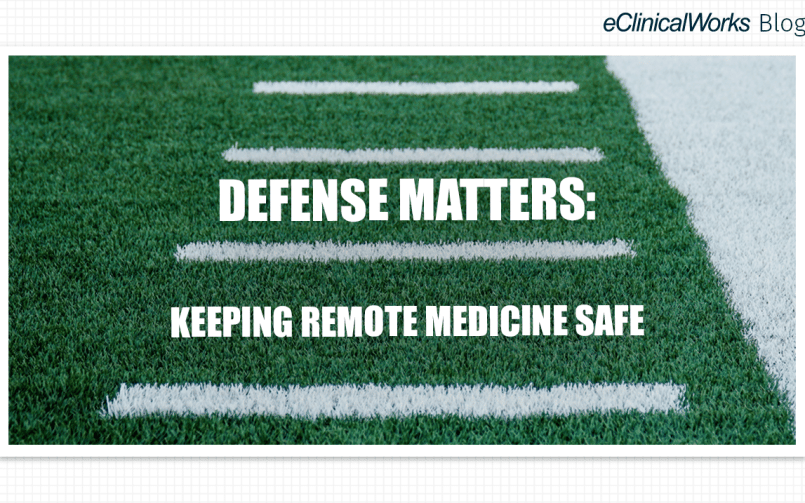
- 17 February 2022
- Blog
Defense Matters: Keeping Remote Medicine Safe

- 1 February 2022
- Blog
One Key for 2022: Staying Focused on Patients

- 28 January 2022
- Blog
4 Patient Engagement Solutions to Help Patients and Practices in 2022

- 25 January 2022
- Blog
The Right Tools During Challenging Times

- 19 January 2022
- Blog
Healthcare 2022: Regulatory Trends to Look for in the Year Ahead

- 18 November 2021
- Blog
Remaining Vigilant in the Lung Cancer Fight
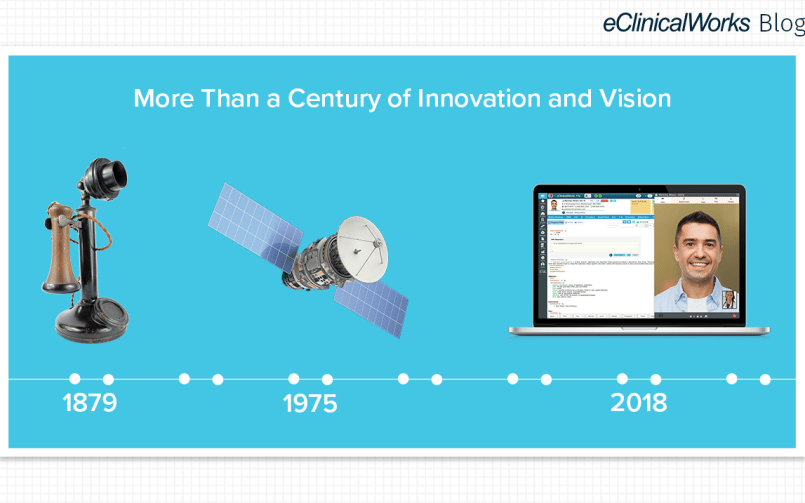
- 4 November 2021
- Blog
Telehealth Is Long-Established Science Fact
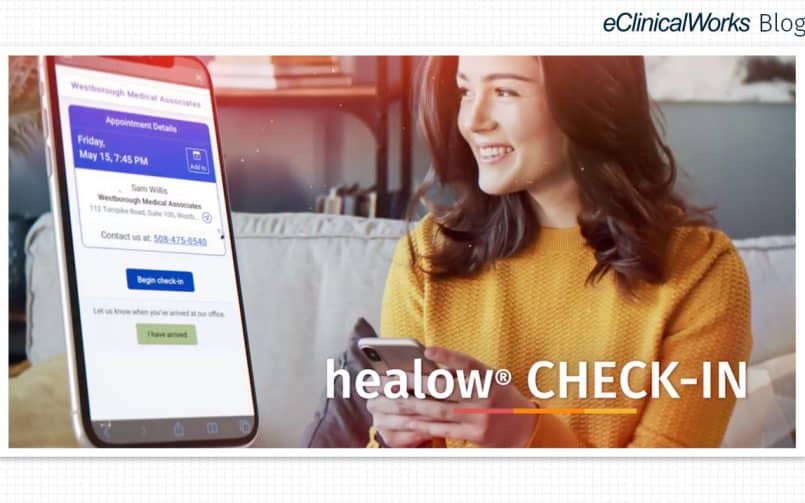
- 2 September 2021
- Blog
It’s Time for a Better Check-in Solution
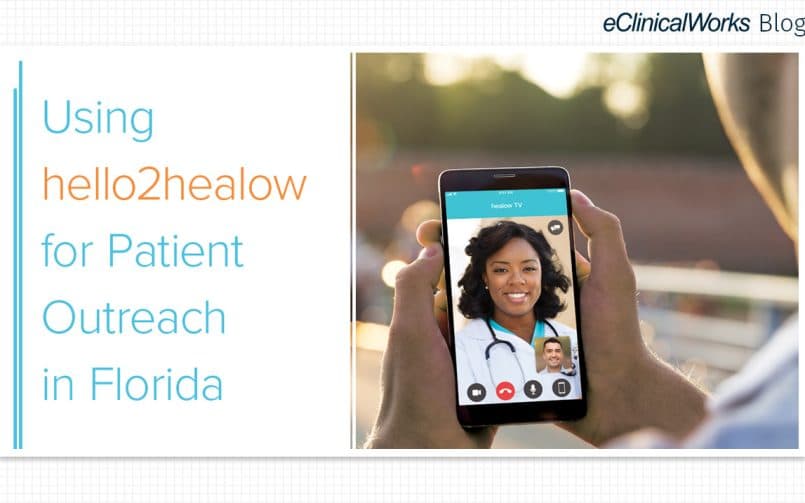
- 12 August 2021
- Blog
Using hello2healow for Patient Outreach in Florida

- 27 May 2021
- Blog
When Neurological Care Cannot Wait

- 20 May 2021
- Blog
Solutions for Allergy Testing, Tracking, and Treatment
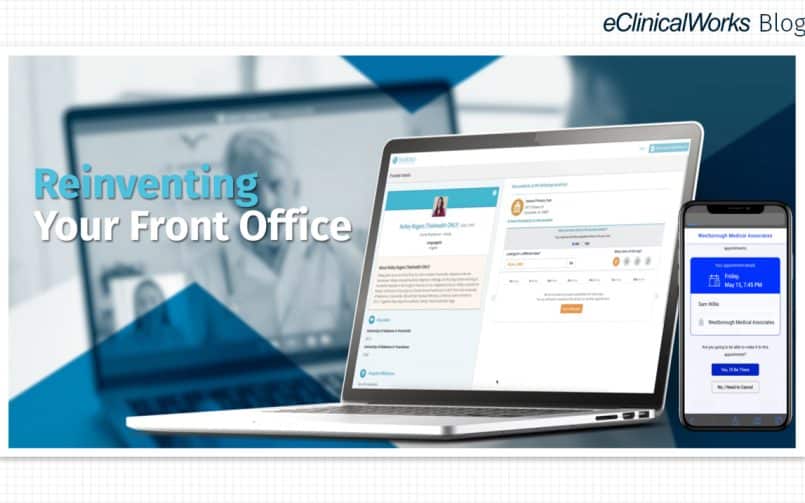
- 16 March 2021
- Blog
A Partner for Reinventing Your Practice
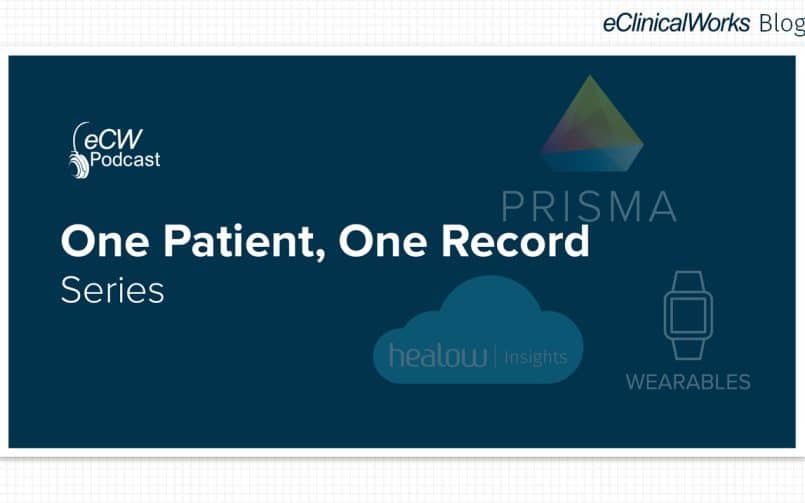
- 2 March 2021
- Blog
What it Takes to Better Know Your Patients

- 29 January 2021
- Blog
Putting the Pieces Together for Quality Healthcare

- 30 December 2020
- Blog
2020 eClinicalWorks Year in Review

- 22 December 2020
- Blog
Thirlby Clinic: Using Telehealth and CCM for Better Disease Management

- 15 December 2020
- Blog
A Challenging Year Is Ending — New Opportunities Ahead

- 10 December 2020
- Blog
How a Practice Found Success With Telehealth & Contactless Check-In
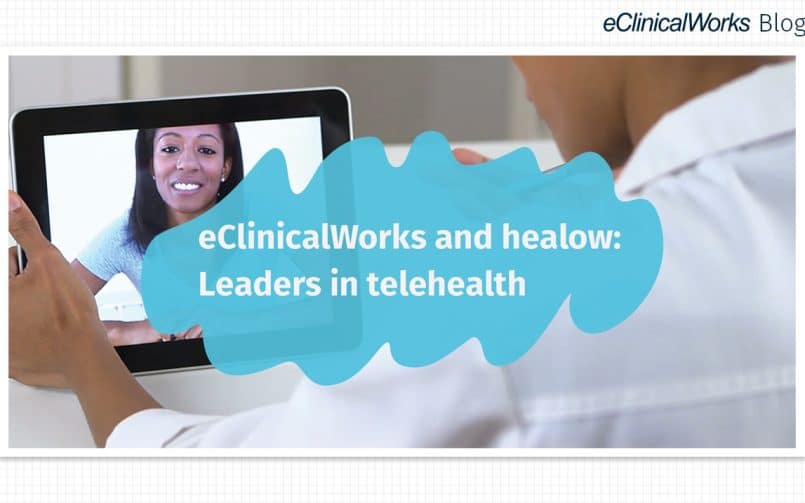
- 24 November 2020
- Blog
The Continuing Influence of Telehealth

- 19 November 2020
- Blog
Meeting the Demand for Behavioral Health Services

- 12 November 2020
- Blog
Reinventing Healthcare for a Brighter Future

- 6 November 2020
- Blog
How Little River Medical Center Thrived During the Pandemic
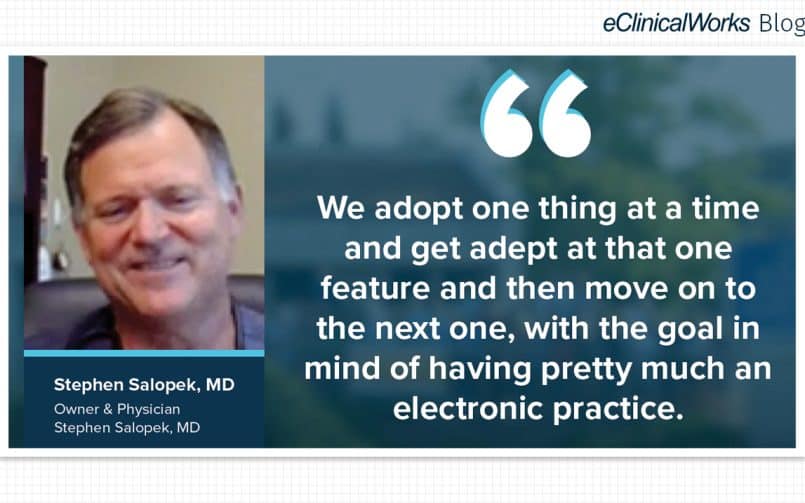
- 19 October 2020
- Blog
How Telehealth, CCM, and Contactless Check-In Revitalized a Practice in Need

- 15 October 2020
- Blog
Targeting Behavioral Health, Remote Care & More
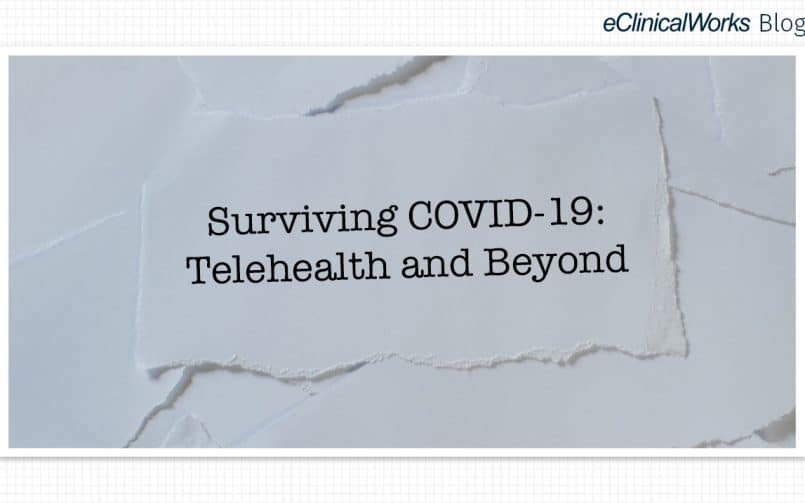
- 30 September 2020
- Blog
Surviving COVID-19: Telehealth and Beyond
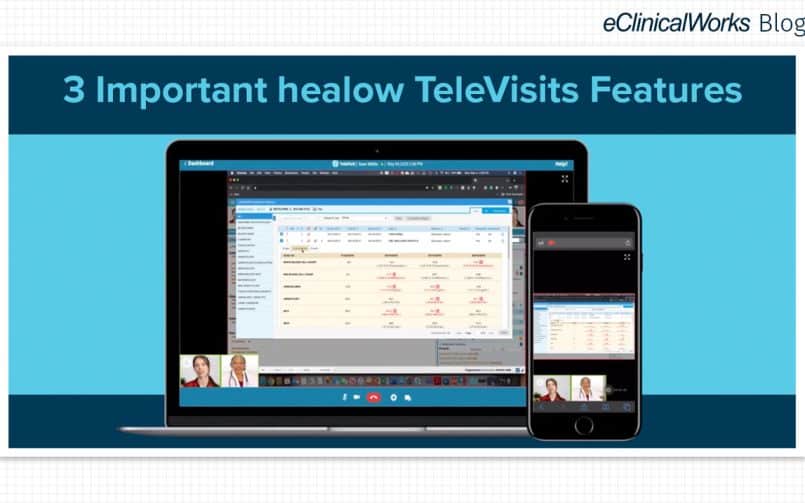
- 21 September 2020
- Blog
3 Important healow TeleVisits Features

- 9 September 2020
- Blog
It’s Your Practice — Dream Big!

- 1 September 2020
- Blog
Back to the Basics During the COVID-19 Era
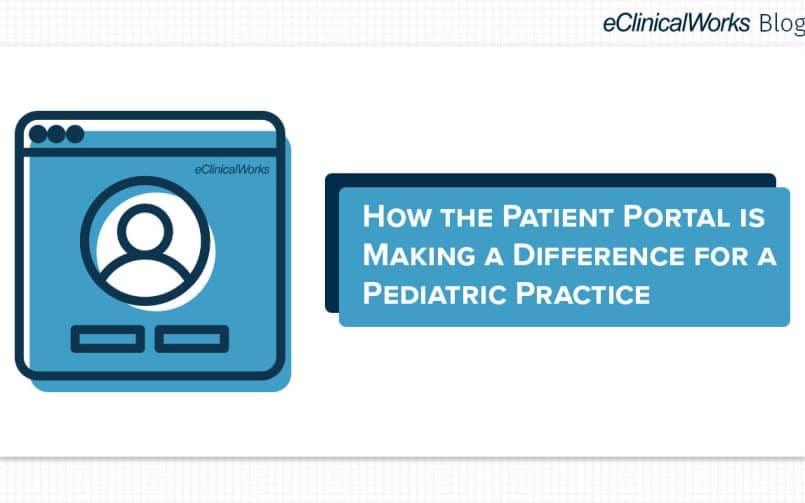
- 28 August 2020
- Blog
How the Patient Portal Is Making a Difference for a Pediatric Practice

- 24 July 2020
- Blog
Pushing Boundaries, Reaching New Horizons

- 17 July 2020
- Blog
How to Keep Your Patients & Staff Safe During COVID-19
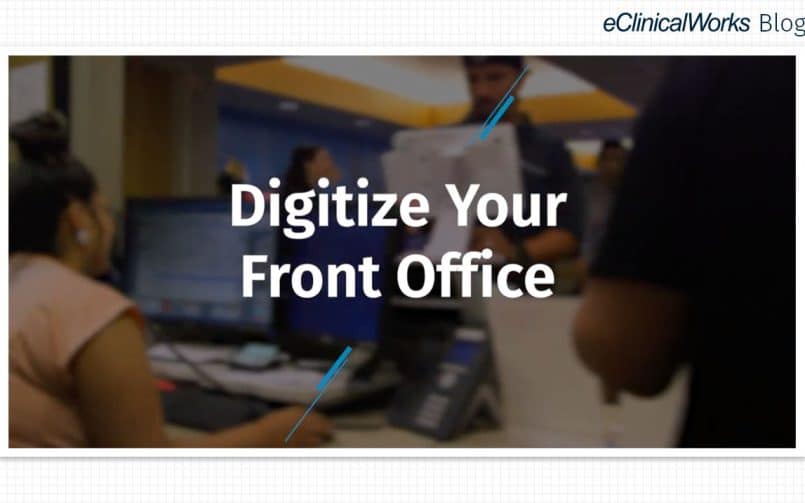
- 1 July 2020
- Blog
How to Digitize Your Front Office
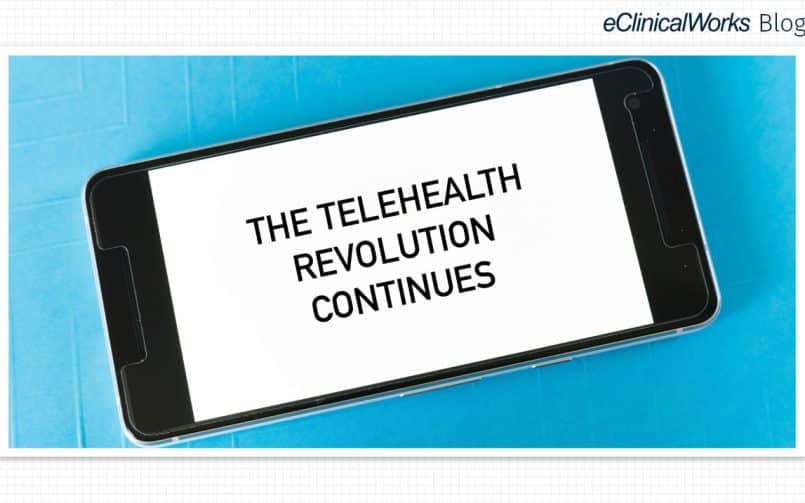
- 29 June 2020
- Blog
The Telehealth Revolution Continues
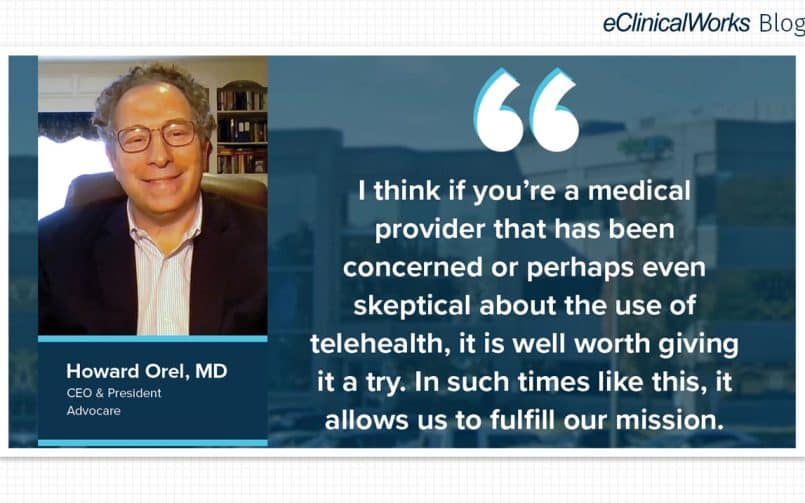
- 24 June 2020
- Blog
How Advocare Put healow TeleVisits™ to Work
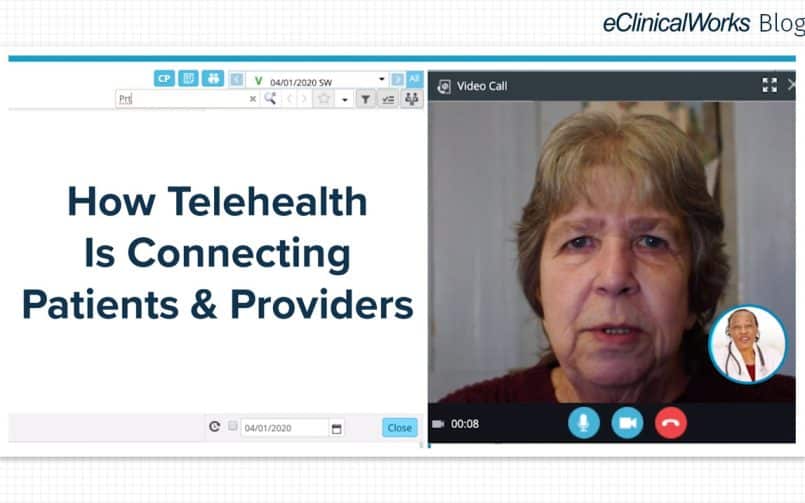
- 17 June 2020
- Blog
How Telehealth Is Connecting Patients & Providers

- 12 June 2020
- Blog
Finding a New Normal: The Patient Experience

- 10 June 2020
- Blog
Minding Mental Health During COVID-19

- 3 June 2020
- Blog
Expanding the Range of Specialty Care

- 1 June 2020
- Blog
Reinventing Your Practice
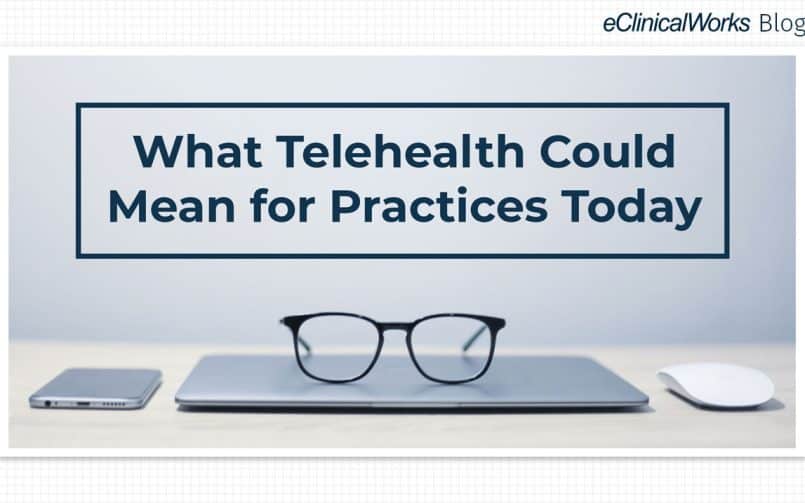
- 29 May 2020
- Blog
What Telehealth Could Mean for Practices Today

- 27 May 2020
- Blog
Resourceful Action During Extreme Times

- 21 May 2020
- Blog
Like Telehealth? There’s More!
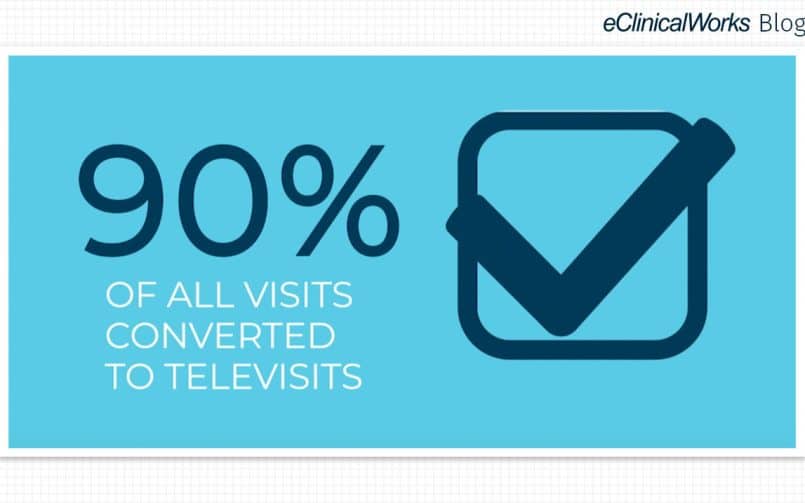
- 19 May 2020
- Blog
The Numbers Behind TeleVisits

- 16 May 2020
- Blog
What Telehealth Can Do for Specialty Practices
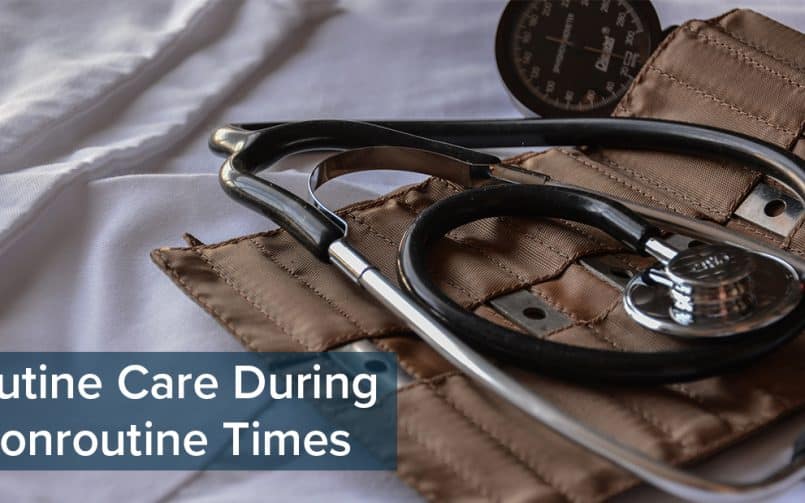
- 13 May 2020
- Blog
Routine Care During Nonroutine Times
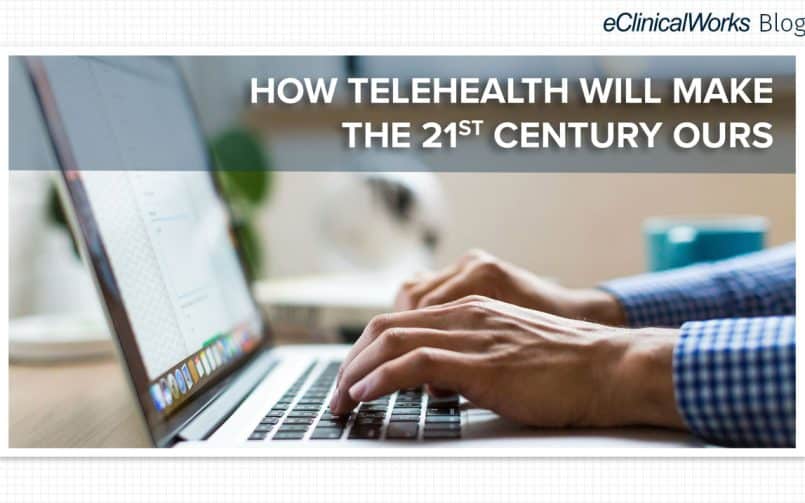
- 12 May 2020
- Blog
How Telehealth Will Make The 21st Century Ours

- 8 May 2020
- Blog
Seeing Medicine in a New Light

- 7 May 2020
- Blog
Telehealth: Healing Action at a Distance
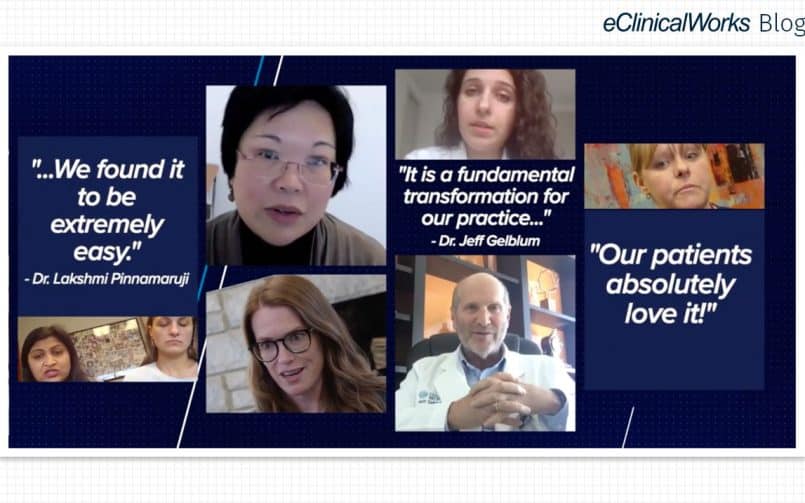
- 5 May 2020
- Blog
3 Patient Stories of TeleVisits in Action

- 1 May 2020
- Blog
Sustaining Medical Practice During COVID-19
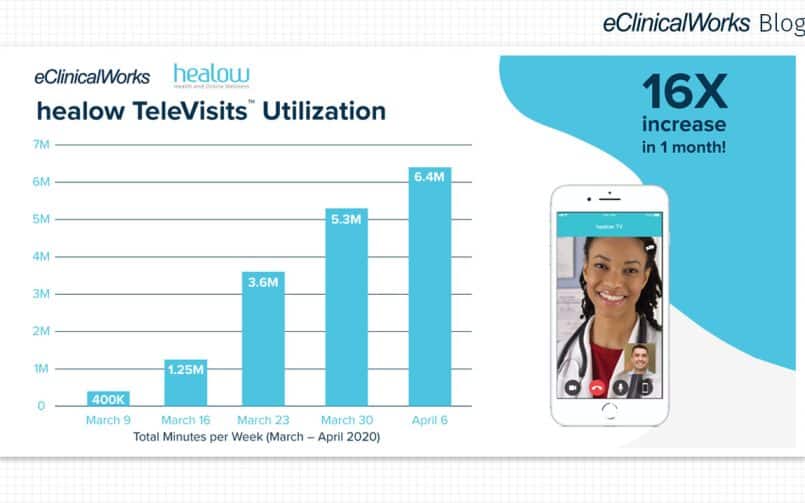
- 29 April 2020
- Blog
The Evolution and Importance of Telehealth

- 27 April 2020
- Blog
Deriving Greater Value from Telehealth

- 24 April 2020
- Blog
3 Practices Finding Success With Telehealth

- 22 April 2020
- Blog
How Innovation Fueled the Rise of Telehealth
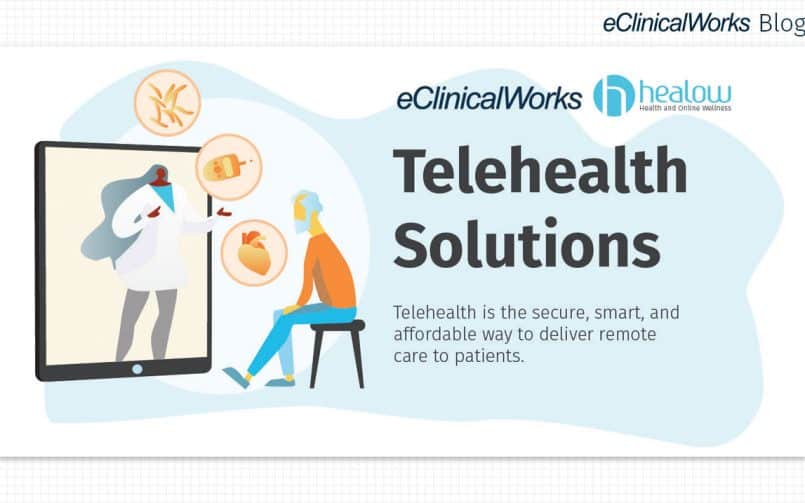
- 20 April 2020
- Blog
Why You Should Activate Telehealth Today
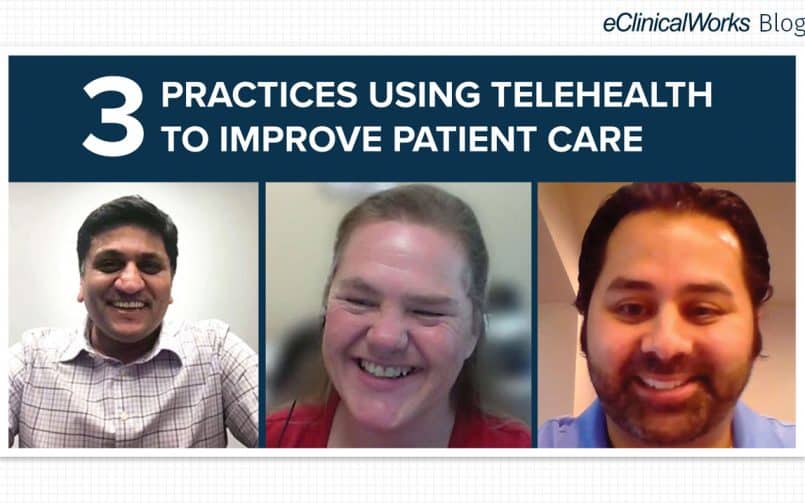
- 17 April 2020
- Blog
3 Practices Using Telehealth to Improve Patient Care
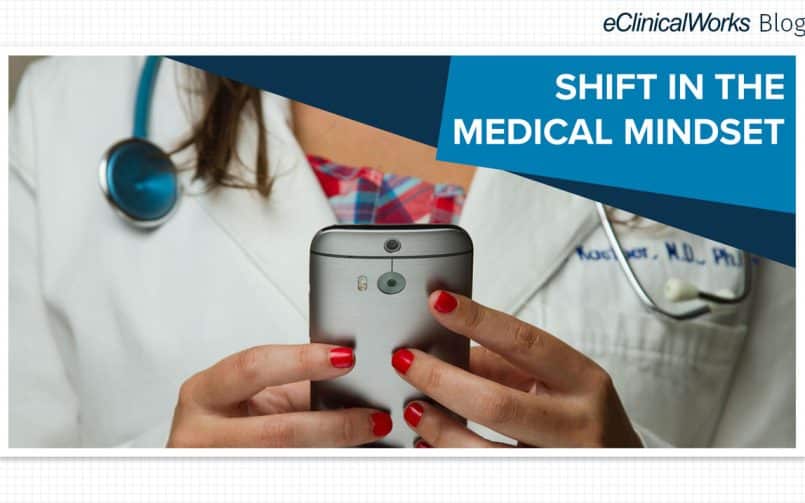
- 15 April 2020
- Blog
Shift in the Medical Mindset

- 13 April 2020
- Blog
How Telehealth Kept a Patient Out of the ER

- 10 April 2020
- Blog
Speeding Toward a New Healthcare Paradigm
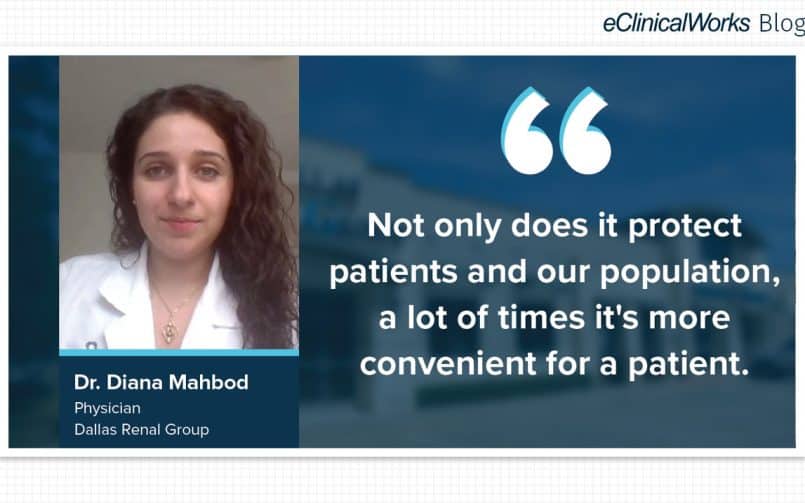
- 9 April 2020
- Blog
How Dallas Renal Group is Providing Care While Social Distancing

- 8 April 2020
- Blog
Swift Action Results in Change of Telehealth Regulations
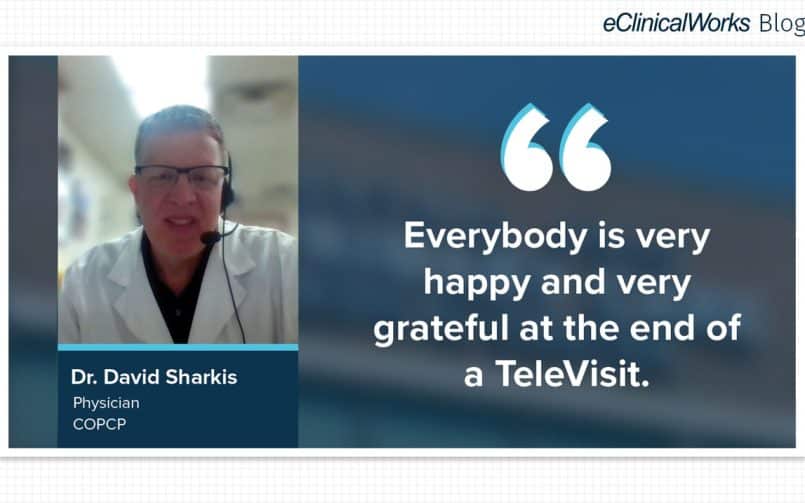
- 7 April 2020
- Blog
How Central Ohio Primary Care Physicians is Reducing ER Visits

- 6 April 2020
- Blog
Securing Access to Care During a Pandemic
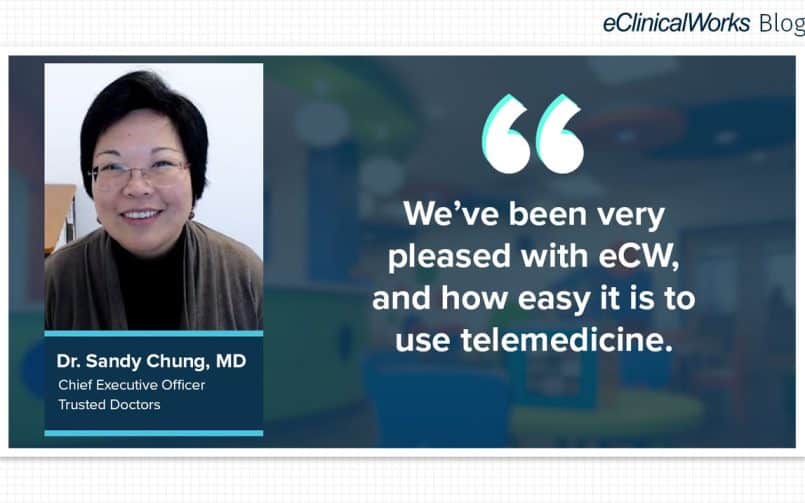
- 3 April 2020
- Blog
How Telehealth is Keeping Patients Safe at Trusted Doctors
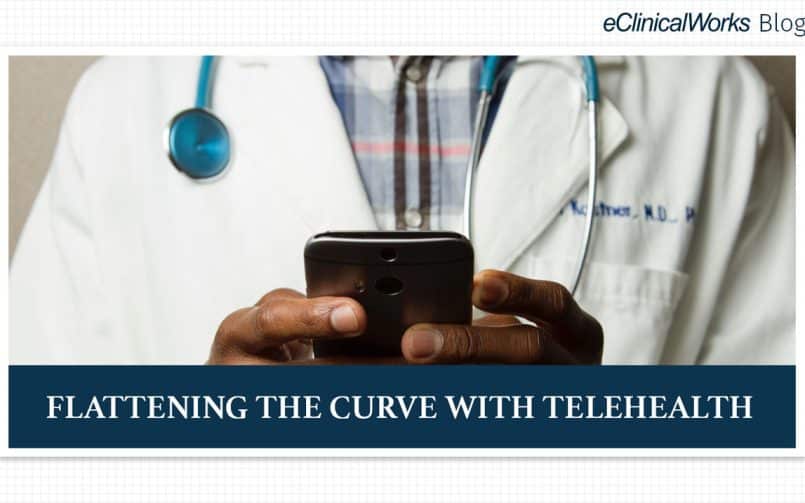
- 2 April 2020
- Blog
Flattening the Curve With Telehealth

- 1 April 2020
- Blog
How First Choice Neurology Transformed Their Practice With Telehealth

- 31 March 2020
- Blog
Telehealth and Mental Health in a Time of Crisis
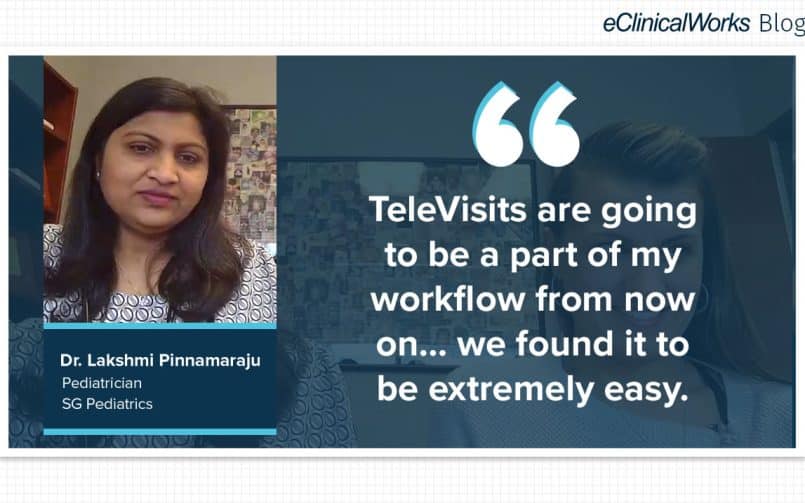
- 27 March 2020
- Blog
How SG Pediatrics are Using TeleVisits to Help Patients

- 26 March 2020
- Blog
The eClinicalWorks Telehealth Advantage

- 25 March 2020
- Blog
How Televisits Have Transformed Comprehensive Sleep Center

- 24 March 2020
- Blog
Telehealth: Helping Throughout History
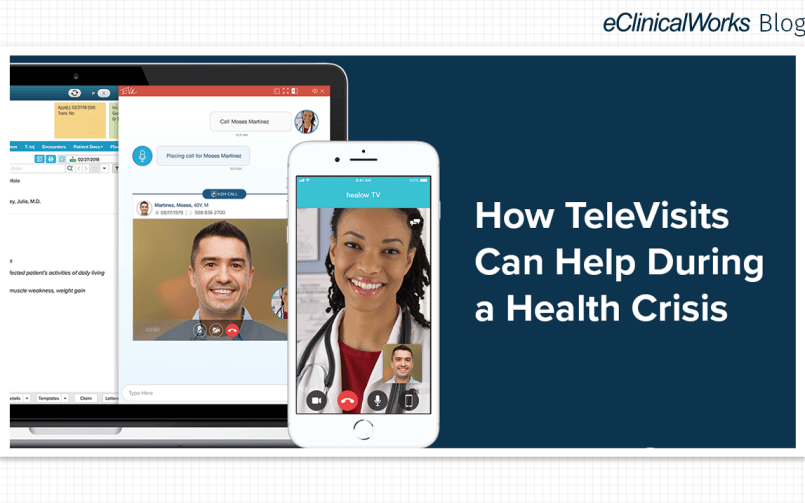
- 23 March 2020
- Blog
How healow TeleVisits Can Help During a Health Crisis
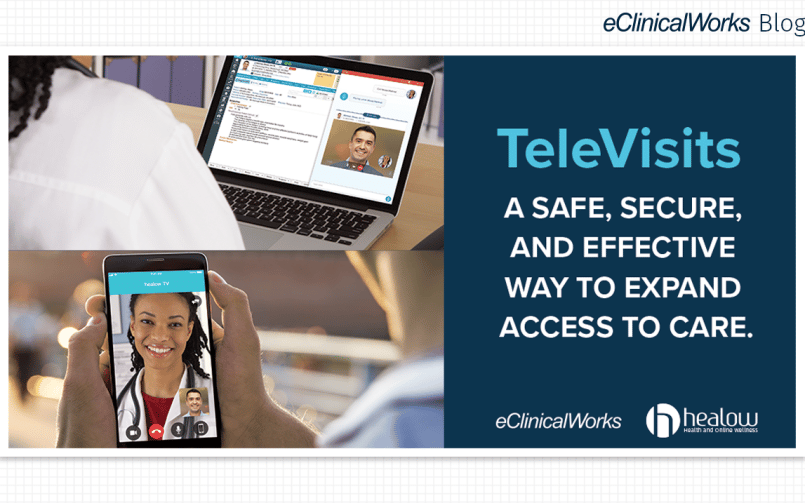
- 20 March 2020
- Blog
healow TeleVisits: How Fast Deployment Helps
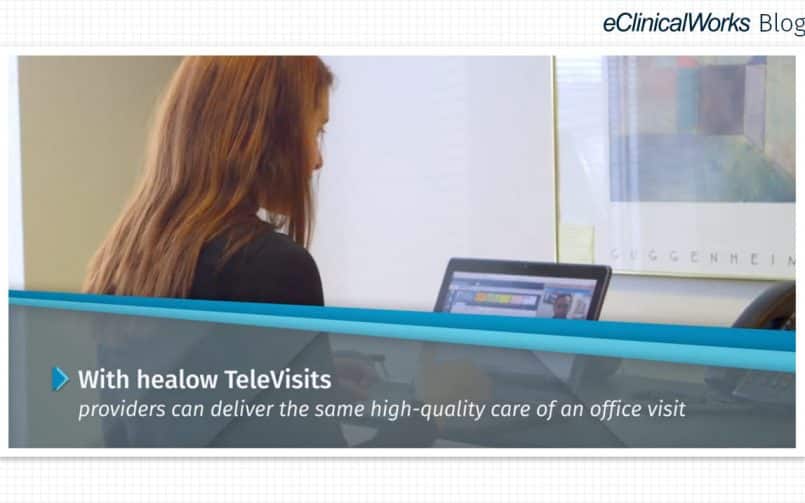
- 11 March 2020
- Blog
Expanding Access to Care With healow TeleVisits
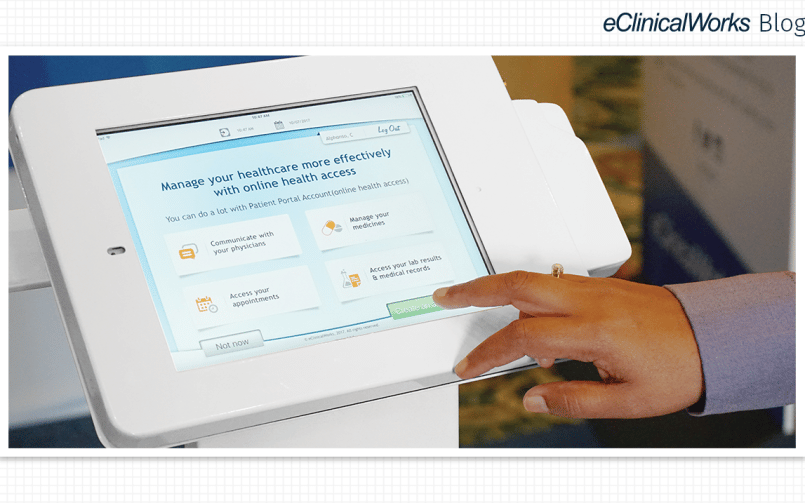
- 14 August 2019
- Blog
Patient-Centered Care: How the Approach Can Improve Healthcare
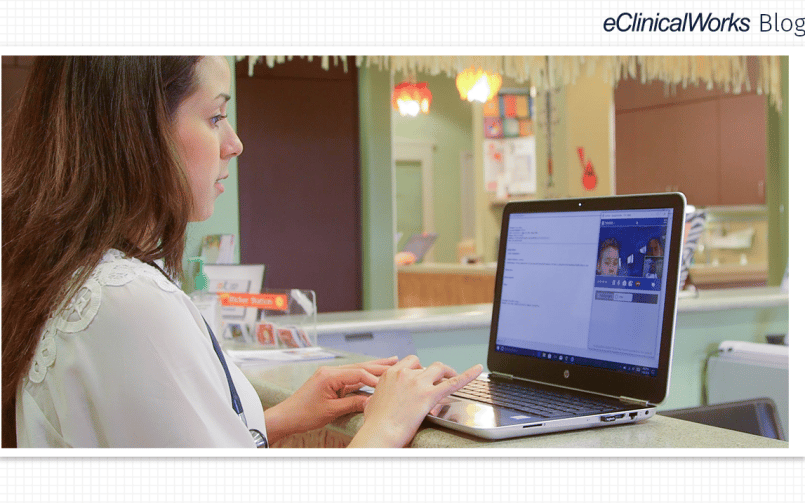
- 5 June 2019
- Blog
3 Ways That Telehealth Is Improving Healthcare
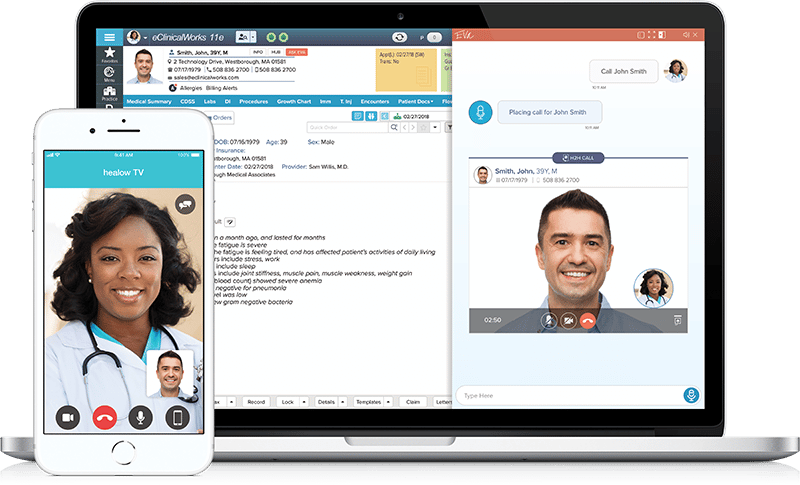
- 9 January 2019
- Blog
Telehealth – Rural Health Center
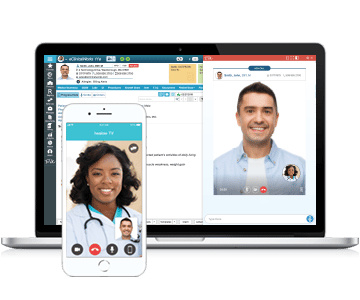
- 1 November 2018
- Blog
Three Ways Telemedicine Improves Care for Providers and Patients

- 6 October 2018
- Blog
Making Connections on Saturday
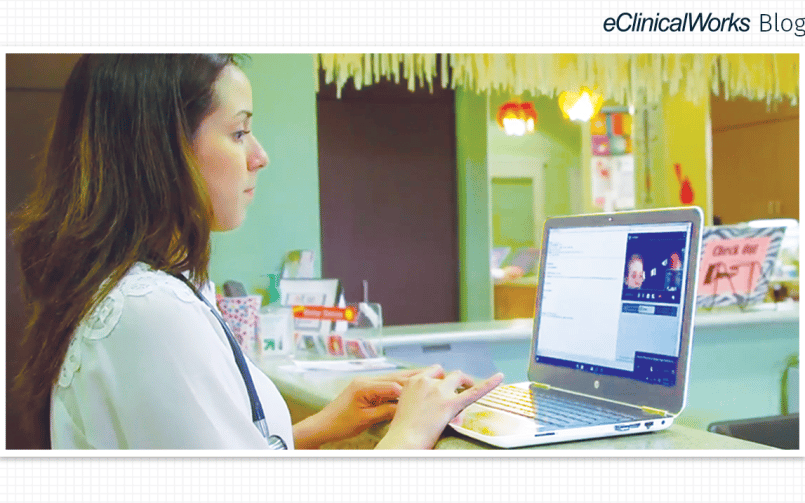
- 30 May 2018
- Blog
ADHD and Telemedicine: A Natural Fit
- 20 March 2015
- Blog
The Next Phase of Innovation in Healthcare
- 20 March 2015
- Blog








